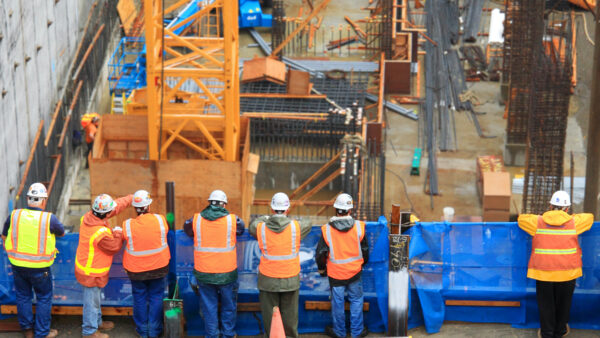As hopes are high that the UK and the construction industry are now on the road to recovery, Tony Howard looks at the low carbon construction market.
There are a number of opportunities on the horizon for firms looking to take advantage of the low carbon sector. The much publicised Green Deal and Energy Company Obligation (ECO) schemes have taken much of the media spotlight when it comes to low carbon construction recently. However, while demand for the scheme is growing and it does represent a viable work stream for businesses, sustainable construction is about much more than this one scheme.
Under government plans, current gas and electricity meters are being replaced by smart meters, making the measurement of household energy use much easier and more accurate. These systems will need to be fitted by energy company employees and subcontractors who are properly qualified – this represents a potentially lucrative source of work. Early installations are underway as implementation gathers pace towards an official rollout in 2015. For businesses with the right skills, there are opportunities already available.
The Renewable Heat Incentive (RHI) is also set for a domestic roll out in spring 2014 and whether it’s the installation of required insulation or the fitting of renewable heat systems like biomass boilers, there will be work opportunities for construction firms. The government has set out that both domestic and non-domestic RHI installers must have Microgeneration Certification Scheme (MCS) accreditation or equivalent certification.
Meanwhile, the implementation of BIM is growing. As more projects begin to implement BIM as a requirement, having the knowledge to work on these projects could give firms a competitive edge. The government’s commitment to making BIM mandatory on all public sector projects by 2016, only underlines the urgency.
Regulations
It is clear that the opportunities in the low carbon sector are numerous. But to take advantage of them, firms must understand the associated legislative changes and they must be ready to comply.
Changes to Building Regulations Part L were officially launched in October 2013, with ministers also reiterating the government’s commitment to its zero carbon homes target – which stipulates that all new build homes must be zero carbon by 2016.
The changes to Part L relating to the conservation of fuel and power cover areas including the insulation values of building elements and the allowable area of windows and doors. Importantly, the changes for 2014 will require buildings to be 6% more energy efficient than previous regulations.
The combined impact of the government’s initiatives and regulations means low carbon skills will become as much a requirement as an opportunity for construction firms. Having relevant, up-to-date skills that facilitate compliance will be key.
The Cut the Carbon portal, available at www.cutcarbon.info, offers up-to-date guidance on low carbon qualifications, industry news and updates from the government.
With confidence in an economic recovery increasing, the outlook is brighter for contractors of all sizes. With plenty of opportunities for firms with the right skills and qualifications to tap into new work streams and win valuable contracts, preparing for the industry’s low carbon future will help businesses to secure their own.
Tony Howard is head of new business at CITB. For more information, visit www.cutcarbon.info








